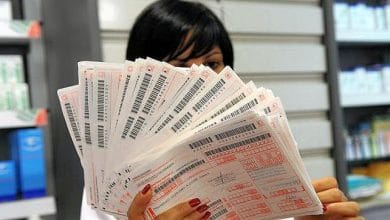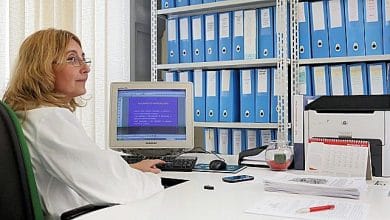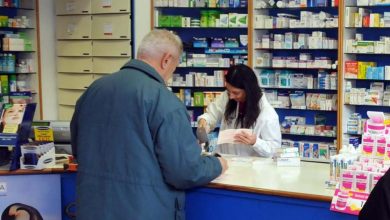
The pandemic has significantly changed the work routine of Scientific Representatives and it is difficult to predict how and when pre-Covid-19 working conditions will be restored.
This sudden chaos has stimulated different responses: from the blocking of scientific information activities by some companies, to others that have continued this activity justifying it with the delivery of gadgets such as gloves and disinfectants. Subsequently, with smart working and other digital activities, discussions and discussions were also opened on the future work model of the ISFs.
Some large companies have started, for example, an acceleration in the reorganization of the MSL teams. This process is also supported by the continuous change of therapeutic approaches in increasingly complex pathologies that require increasingly complex responses.
From common chronic diseases, such as gastrointestinal, endocrinological and cardiovascular pathologies where information on drugs was, and is entrusted to the ISF, to the needs of the doctor, increasingly aimed at multiform oncological pathologies or those of rare diseases, with a pharmacological approach that focuses on monoclonal antibodies or biological ones. With increasing attention to flexibility. However, and despite digitization or the need for increasingly articulated and complex scientific information, the pharmaceutical industry cannot do without the ISF, both to ensure continuity of information on their existing products, and on those they will produce in the future. Even most of the recent surveys on general practitioners highlight the preference for contact "in presence", even if, in percentage terms, this appreciation has decreased significantly in recent years. Instead, a new orientation of the doctor is growing who, having less time available for the Covid-19 emergency, needs to receive targeted, schematic and interesting information.
In Australia, a work by the Australian Doctor Group – ADG entitled: “The future of the pharmaceutical and GP engagement model” (“The future model of the Pharma-GP relationship") which we have translated and previewed in full in the "FEDAIISF Documentation, Study and Research Centre" section.
The work represents a brief analysis on scientific information and on the experiences gained in the country through a series of surveys and research carried out on 29,000 GPs and published for the first time in the sector's white paper. Trend data for access to general practitioners by ISFs, qualitative insights into the digital doctor, global and local solutions in this ever-changing environment are also represented.
For example, the authors believe that: "THE reports of the death of the 'ISF model' are grossly exaggerated even though it is generally accepted that digital channels present pharmaceutical companies, and marketers, with exciting new opportunities to supplement the efforts of the sales team. implying that the ISF will continue to guarantee their information in the presence.
They also argue that: “…pharmaceutical companies, and their ISFs, are having success precisely with those GPs who are willing to open up to this new digital panorama, measuring strong positive results in the field". 
These and other evaluations estimated on the experiences gathered lead to a reflection: will digital not replace the ISF, but will the ISF support digital, the new tool of your work? And, above all, looking at the needs from the doctor's point of view: how to regulate the priority of information to GPs from the perspective of the GPs themselves?
The focus on digital in Australia is that it proves to be the best way to get to isolated or distant places on a budget. That's why the country's companies are carefully looking at the opportunity to maximize this new tool. Another aspect that companies do not underestimate is the fact that all healthcare professionals have recently followed a professional digital literacy course. At this point, however, a new problem arises: understanding the limits of digital with emotional intelligence. The interactions connected to the composition of a sentence, in typing letters and pressing computer keys, do not allow to grasp the signals that the doctor sends back, so that the interactions on communication are affected.
In Australia, where physical interactions (in presence) were around 90% before the pandemic, today they have dropped to 10% and while the discussion remains in the spotlight, some authors believe that digital activity, which has forcefully entered the work of Scientific Representatives with Covid-19, is in any case destined to rebalance as normality returns.
Richard Bevilacqua
Related news: “The future model of the Pharma-GP relationship”





